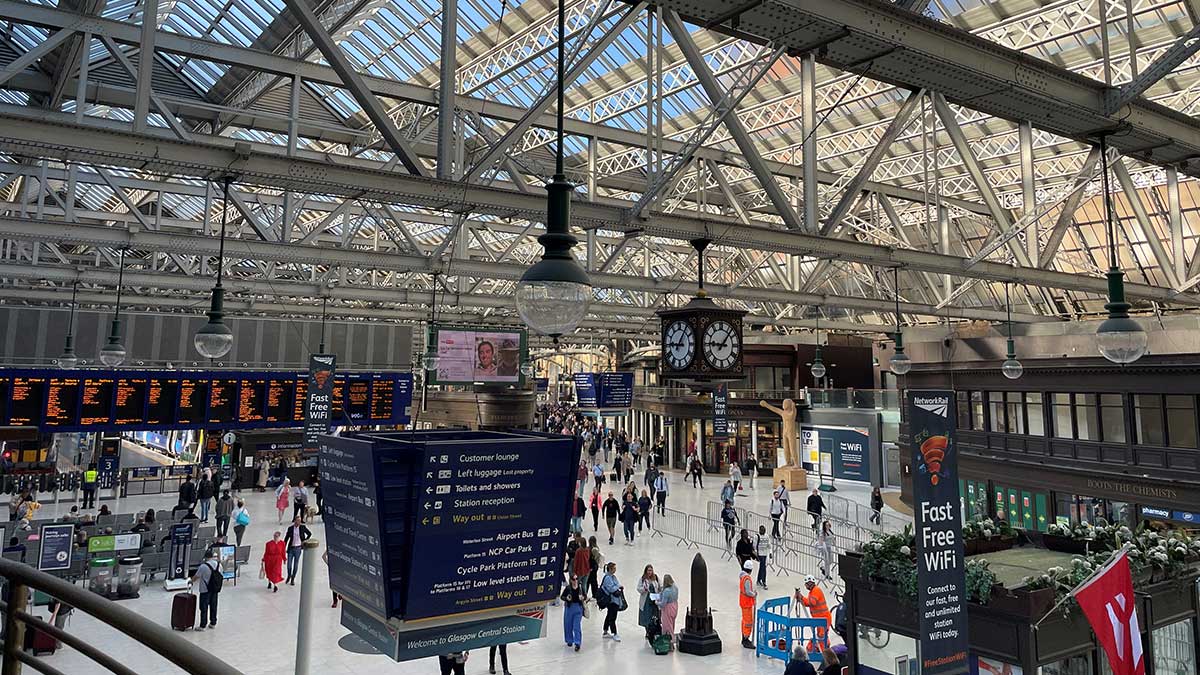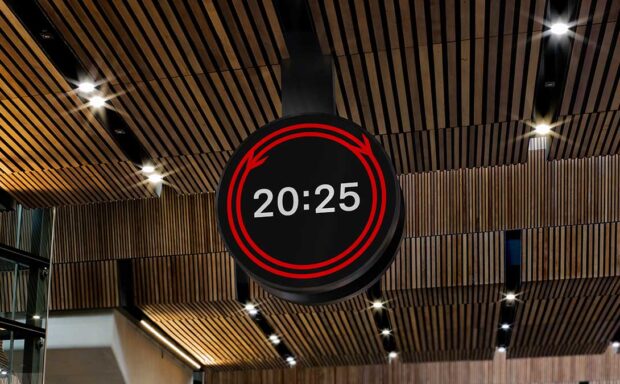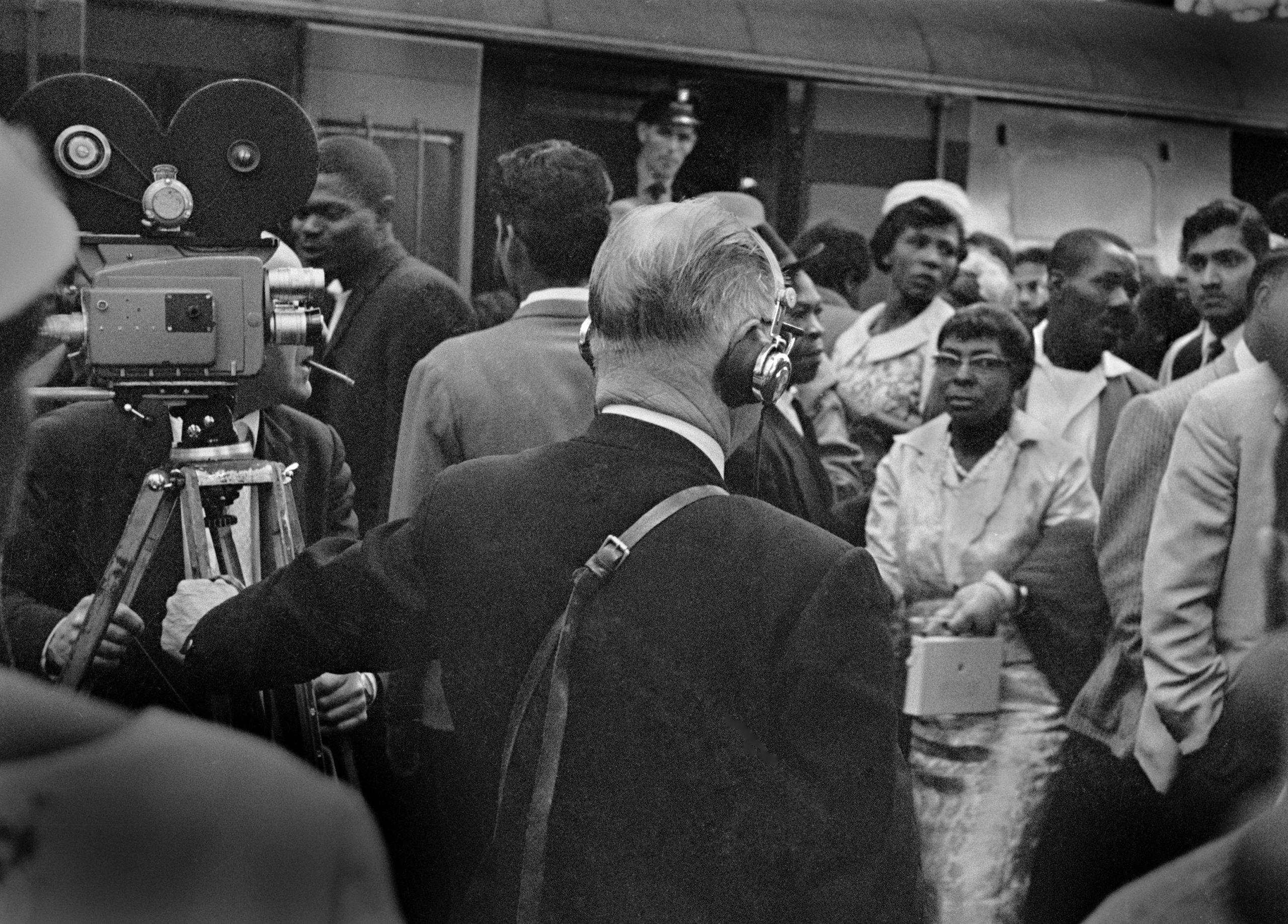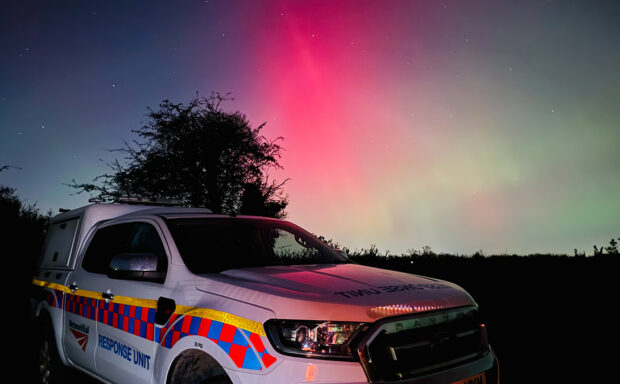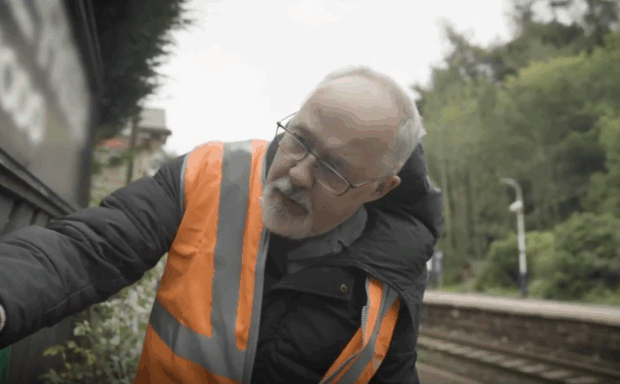What’s railway time and how did it help standardise time around the world more than 180 years ago?
It’s the standardisation of time across the railway in Britain, from November 1840. Before railway time, Victorian train drivers had to constantly adjust to different time zones when they pulled into stations.
That’s because local time can differ by about 10 minutes from Greenwich Mean Time. Local time is based on solar time, which can vary significantly depending on a place’s latitude and the time of year.
Drivers kept finding themselves in slightly different local time zones when their trains arrived at railway stations. Imagine adjusting your watch every time you pull into another town or city – and the problems that could cause for the timetable and passengers.
What did the railway do about it?
In November 1840, The Great Western Railway – on Isambard Kingdom Brunel’s line from London to South West England – told all stations to use London time.
According to the Science Museum, an 1841 timetable for the GWR line from London to Bridgewater said: “LONDON TIME is kept at all the Stations on the Railway, which is about 4 minutes earlier than READING time; 5½ minutes before STEVENTON time; 7½ minutes before CIRENCESTER time; 8 minutes before CHIPPENHAM time; 11 minutes before BATH and BRISTOL time; and 14 minutes before BRIDGEWATER time.”
The standardisation made a huge impact on daily life – almost all public authorities, including town halls and churches, used railway time by 1855. Station masters would adjust their clocks according to telegraph signals from Greenwich in London, according to the Science Museum.
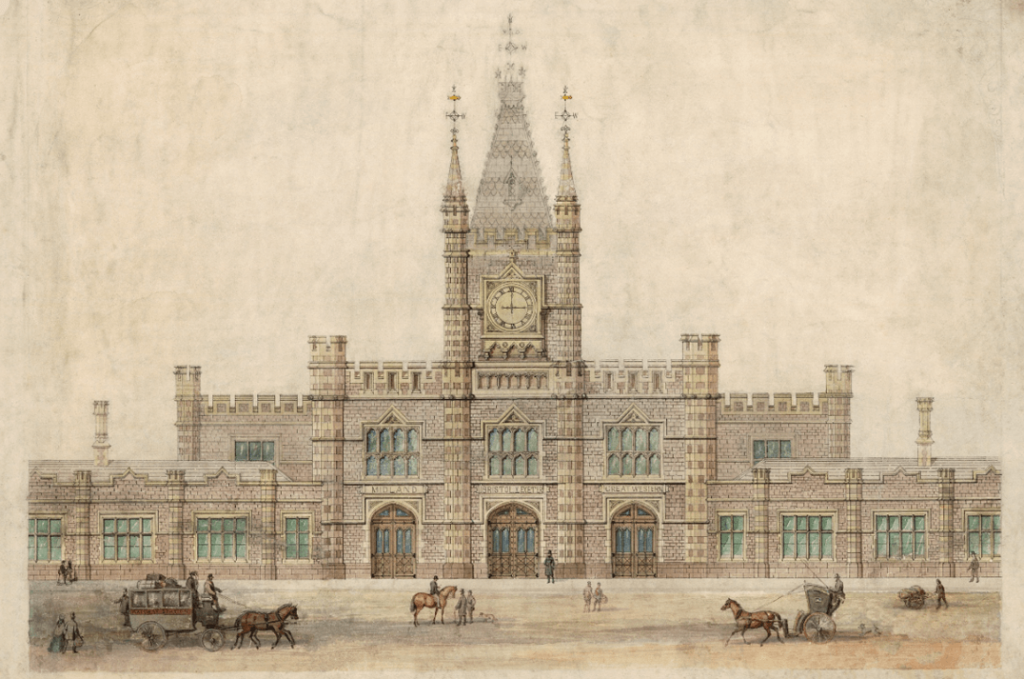
In October 1884, an international conference in Washington, DC decided to split the world into 24 separate hourly time zones. It was based on the Greenwich meridian, the geographical reference line through the Royal Observatory at Greenwich.
So not only did the railway revolutionise travel and industries, but it changed the way we told time forever.
And we do promise to do everything we can to keep to it …
